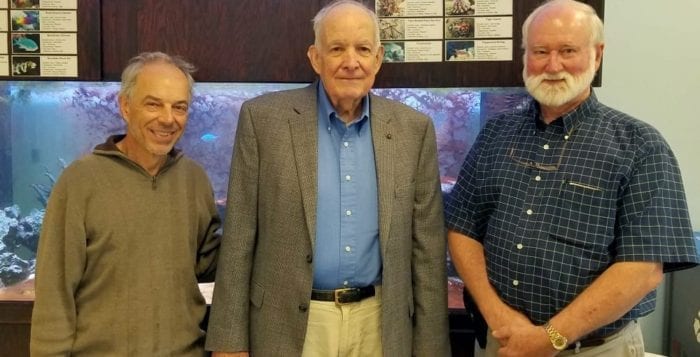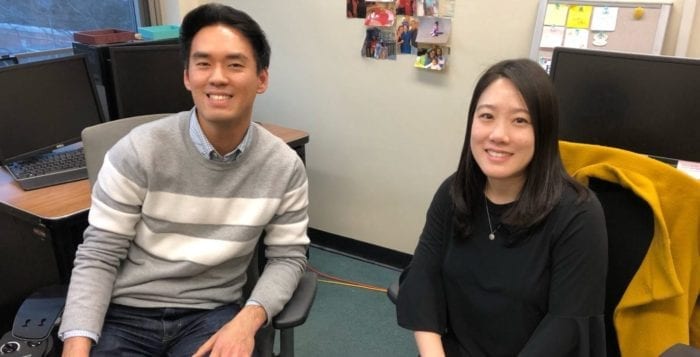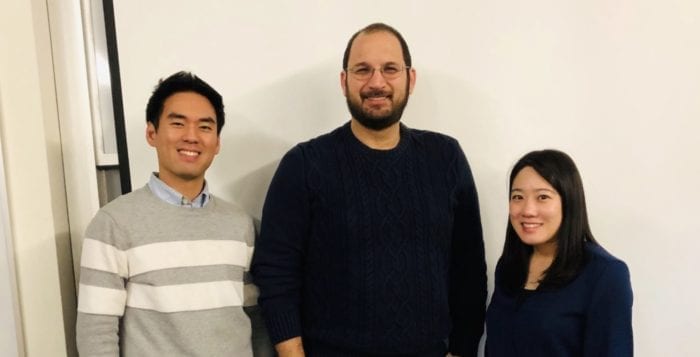By Daniel Dunaief
Priscilla Antunez is a scientist with some unusual expertise. No, she doesn’t run experiments using a rare or expensive piece of equipment; and no, she hasn’t developed a way to understand the properties of unimaginably small particles that assemble themselves and may one day help run future technology.
What Antunez brings to the Center for Functional Nanomaterials, or CFN, at Brookhaven National Laboratory is a background in business. That puts her in a position to help the scientists who run experiments at the CFN or the researchers at BNL, or elsewhere, who study the properties of catalysts or self-assembling small materials.
“This opportunity for me is a maximization of my impact on science,” said Antunez, who joined BNL from Illinois’ Argonne National Laboratory in December. If she were to run her own lab, she would be involved in a project or a handful of projects. “[At BNL] I have the opportunity to help many scientists with their work,” she said.
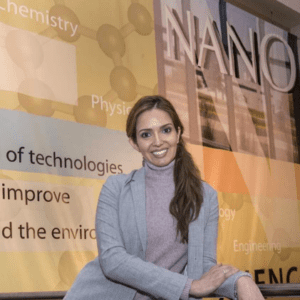
Her assistance will take numerous forms, from acknowledging and celebrating the science the 30 researchers at the CFN and the 600 scientists from around the world who visit the center perform, to developing broader and deeper partnerships with industry.
Her long-term goal is to build a strategy around specific projects and establish partnerships to advance the science and technology, which might include industry.
“We are trying to make [the information] widely available to everyone,” Antunez said. “We are proud of what they’re doing and proud of how we’re helping them accomplish their goals. We’re ultimately getting their science out there, helping them with viewership and readership.”
She is already writing the highlights of scientific papers, which she hopes to share widely.
In addition to sending research updates to the Department of Energy, which sponsors the BNL facility, Antunez will also try to broaden the audience for the research by sharing it on LinkedIn, posting it on the website, and, in some cases, sending out email updates. The LinkedIn page, for now, is by invitation only. Interested readers can request to join at https://www.linkedin.com/groups/8600642.
Antunez takes over for James Dickerson, who has become the first chief scientific officer at Consumer Reports, where he leads the technical and scientific aspects of all activities related to CR’s testing and research, including food and product safety programs. Antunez and Charles Black, the director of the CFN, decided to expand Antunez’s role as assistant director.
Her job is “to help the CFN develop its overall strategy for making partnerships and nurturing them to be successful and have impact,” Black explained in an email.
“For the CFN to thrive in its second 10 years of operations will require us to form deeper relationships with scientific partners, including CFN users, research groups around the world, industries and other national labs,” he said.
Indeed, Black, Oleg Gang, who is the group leader for Soft and Bio Nanomaterials, Dario Stacchiola, the group leader for the Interface Science and Catalysis team, and Antunez recently met with Norbert and Patrick Huber, from Hamburg’s Centre for Advanced Materials.
“We had group and individual discussions to explore complementary areas of research,” said Antunez.
After scientists from the centers meet again to develop research plans, she can “help as much and as early as the CFN scientists need.” She can also coordinate between the CFN and the Contracts Office if the center needs a Cooperative Research and Development Agreement.
The scientist encourages CFN scientists to visit whenever they believe they have an idea that might have an application. She’s had meetings with the Tech Transfer Office and CFN groups and is hoping to put more such gatherings on the calendar.
The CFN is continuing to grow and will be adding five or six new scientific staff positions, Black said. Antunez will “oversee a strategy that helps all CFN staff form deep, productive partnerships that produce new nanoscience breakthroughs.”
Black explained that it was an “exciting, challenging, important job and we’re thrilled to have someone as talented and energetic as [Antunez] to take it on.”
Indeed, Antunez was such an effective researcher prior to venturing into the business world that the CFN had tried to hire her once before, to be a postdoctoral researcher in the area of self-assembly. At that time, Antunez had decided to move toward business and took a job at Argonne National Laboratory. “In the end it has worked out well for CFN, because [Antunez] gained valuable experience at Argonne that she has brought to BNL and is using every day,” said Black.
The CFN has divided the work into five groups, each of which has a team leader. Antunez is working on their current partnerships and recruiting needs. She meets with the group leaders during regular management meetings to discuss overall plans, work and safety and the required reports to the DOE.
Antunez lives in Mineola with her husband, Jordan S. Birnbaum, who is the chief behavioral economist at ADP. When she was in college at Universidad de Sonora, Antunez wanted to double major in science and contemporary dance. At the public university in Mexico at the time, she had to choose one or the other, despite an invitation from one of the founding professors of the school of dance to major in dance.
Nowadays, Antunez, who earned her doctorate in chemistry from the University of Southern California, goes to the gym and takes yoga and dance classes, but doesn’t study the art form anymore.
With her science background, Antunez anticipated becoming a teacher. Her current work allows her to share her expertise with scientists. She has also been able to work with some postdoctoral researchers at BNL.
As for her work, Antunez appreciates the opportunity to build connections between scientists and industry. “Most of our technologies are on the basic research side and so the partnerships are much more fluid, which gives us a lot more flexibility in terms of our strategic partners,” she said.

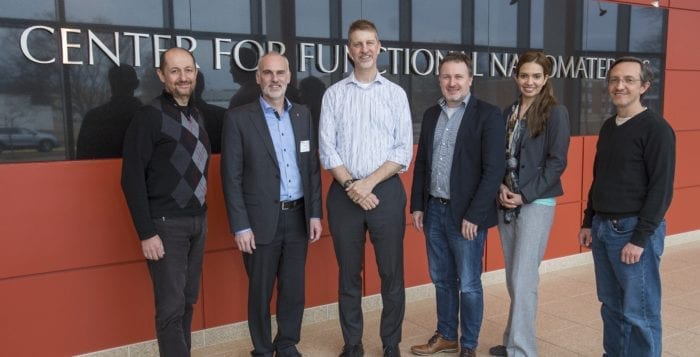
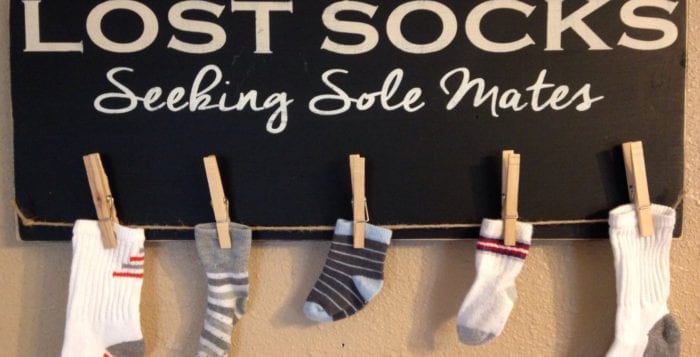

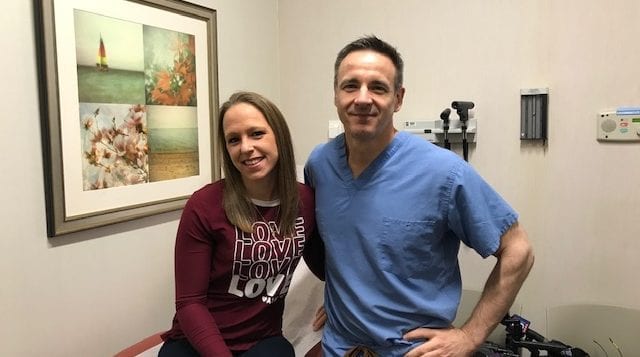

 Numbers help us track the time of year. Even a warm day in February doesn’t make it July, just as a cold day in June doesn’t turn the calendar to November.
Numbers help us track the time of year. Even a warm day in February doesn’t make it July, just as a cold day in June doesn’t turn the calendar to November.